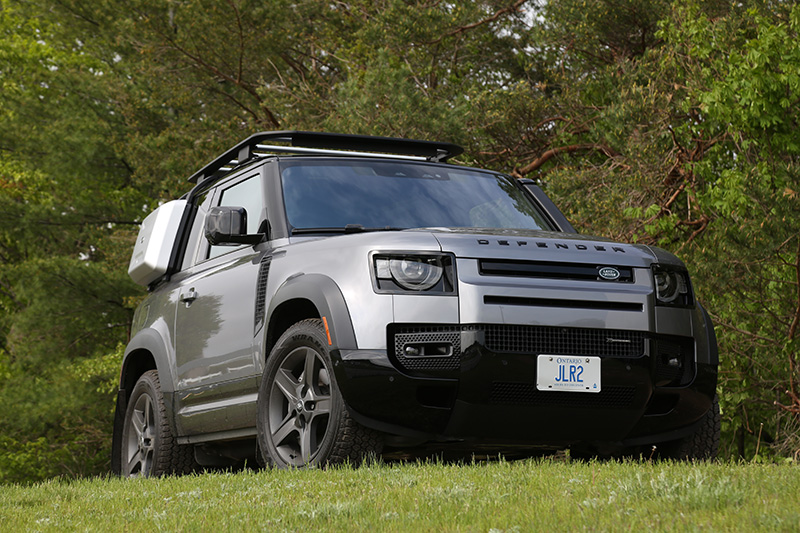
Shortly after World War Two, the Land Rover Defender was introduced as an off-road-capable work vehicle, and it continued in much of its original form until it was discontinued in 2016, after Land Rover had stopped selling it in North America in 1997.
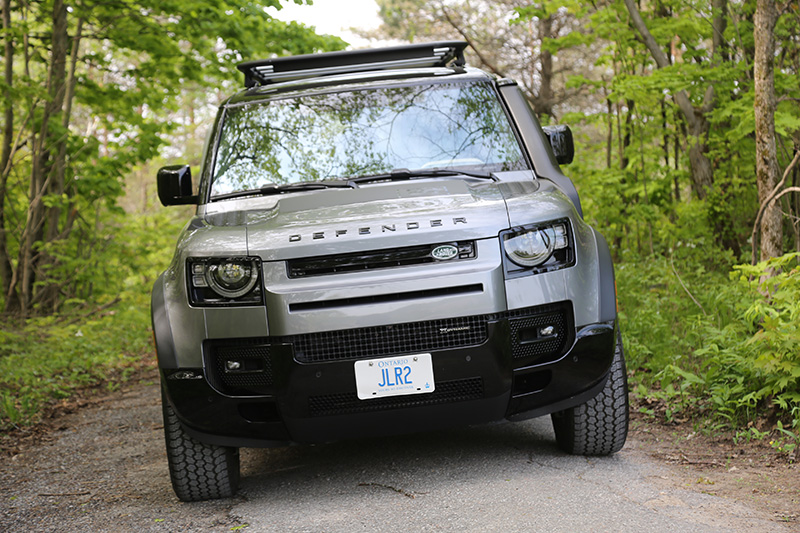
Of course, Land Rover continued to build out its line-up of vehicles with Range Rovers, Discoverys and others, and the company launched the latest Defender 110 a couple of years ago. With the old models available in both 110 and 90 configurations (referring to the wheelbase in inches), it was no surprise to see the introduction of a new generation of Defender 90 last year. As one might expect, the basic concept of the original has been faithfully carried over to the new one, with all the latest technology blended in.
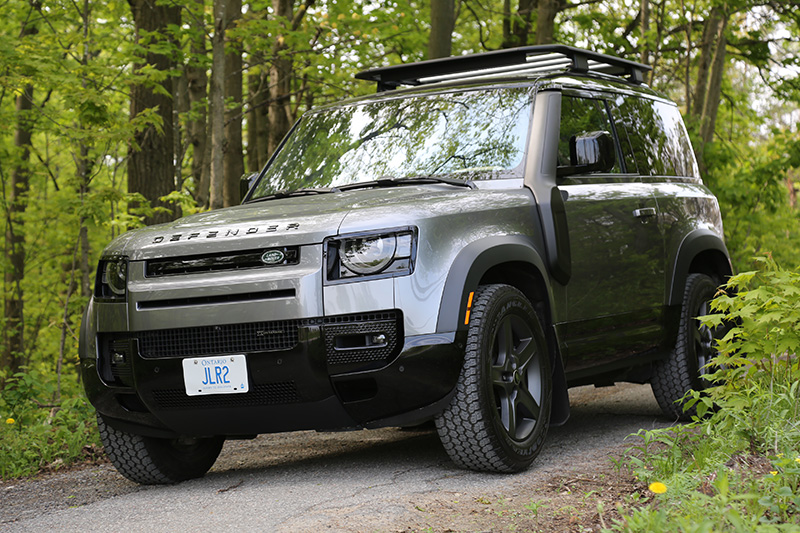
That means that the D90 is a short, tall, two-door SUV just like the original, and just like every other such vehicle ever built, it requires a degree of compromise in the owner. Namely, do you carry two people and a reasonable amount of cargo on that next adventure, or four adults and virtually no cargo, at least within the confines of the D90’s body?
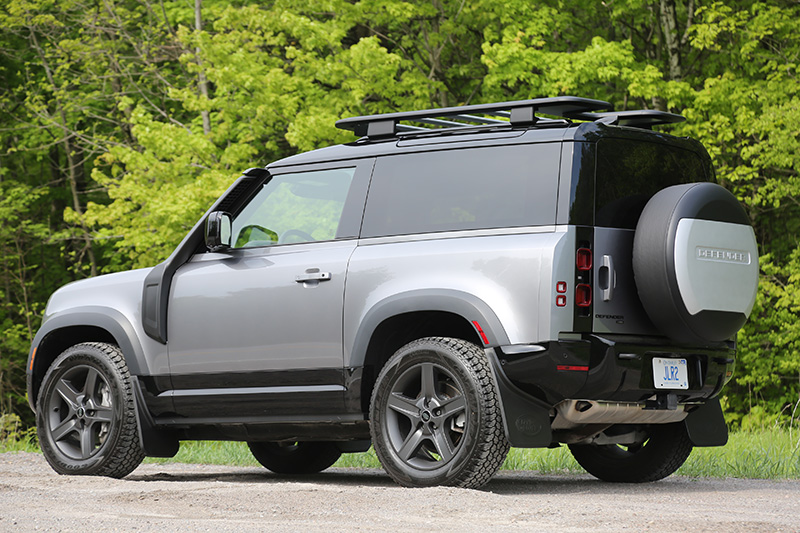
The back seat has plenty of room and is reasonably comfortable, but getting in an out of that space, even with the front seat all the way forward, requires a degree of climbing in and contortion that not all people may be willing to attempt. And behind the seat, which doesn’t slide forward, is a tiny luggage compartment, about a foot deep, fore and aft, into which you will be able to stow a few soft medium-size bags. The rear seat folds down, but not flat, so while you gain some usable space, it isn’t so useful with an inclined load surface. Luckily, the Defender 110 addresses all of these concerns and is much more of a family-useful Land Rover, leaving the 90 as more of a Defender for adventurous singles or couples.
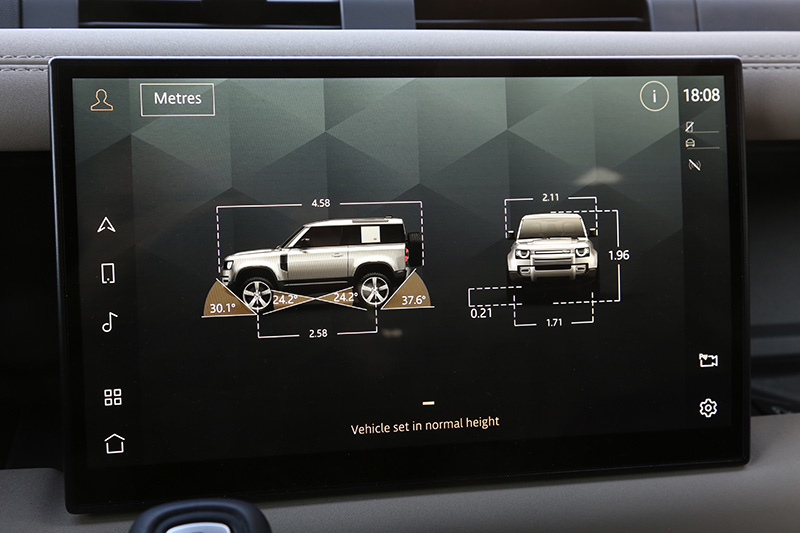
Having said that, the 90 has advantages over the 110 and other long wheelbase SUVs. For example, on urban streets, it is more nimble and manoeuvrable, as well as being some 100 kg lighter and a bit less thirsty. That makes the 90 a more viable choice for younger, active city-dwellers who want a capable and stylish vehicle to get out of town in. Heading out on the highway, one might think that a tall, short-wheelbase rig like the 90 might be susceptible to road irregularities, cross winds, and the like, but our tester with optional air suspension and Adaptive Dynamics technology handled in a smooth and composed fashion, like the luxury vehicle it is.
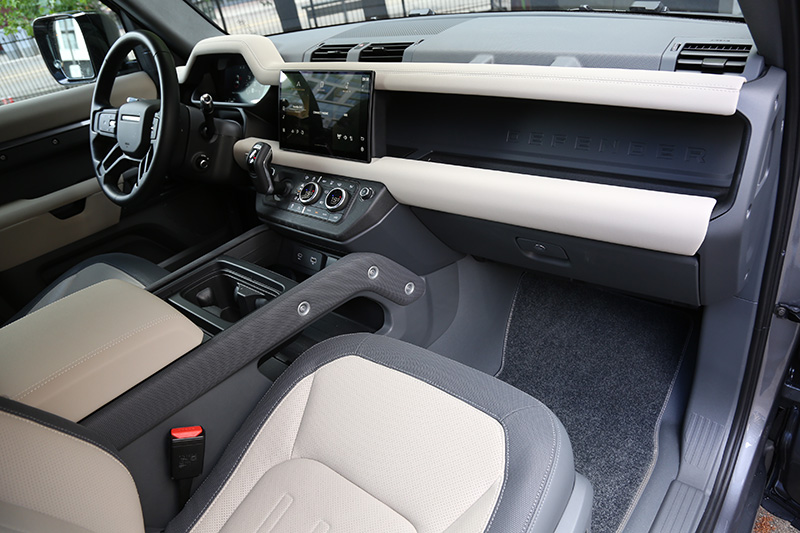
We had no opportunity to take the D90 far off-road, but on a trip to Canadian Tire Motorsport Park near Toronto, we gave it a go on the rough gravel roads surrounding the property, and it showed how solid a structure it has. Inside the property, there is lots of dirt, mud and grass to drive on, and as expected, there were no issues – the D90 just goes where it is asked to. Choose the appropriate setting in the Terrain Response system (grass/gravel/snow in this case), engage low range on the transfer case, raise the air suspension to allow 11.4-inches of ground clearance, and away you go.
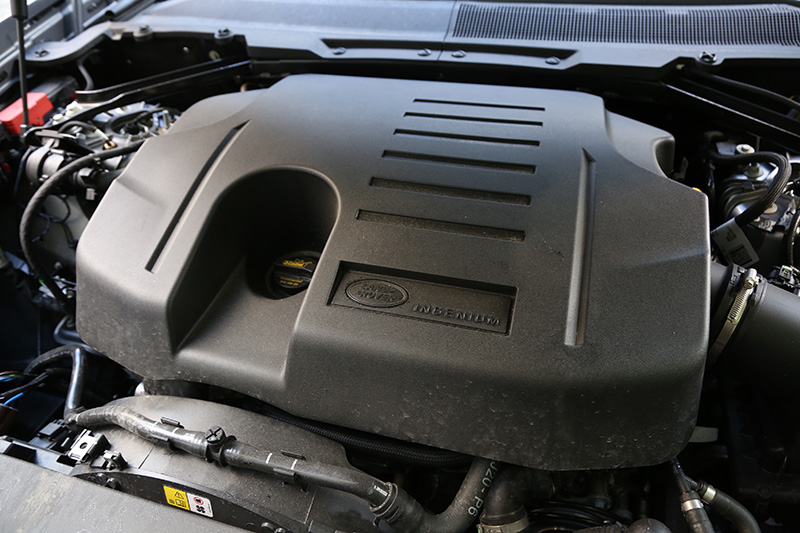
There was certainly no hesitation in power delivery, as our P400 model was equipped with the 3.0-litre turbocharged straight six that pumps out 395 horsepower. One interesting aspect of it is that it is a mild hybrid with an electric supercharger replacing the starter motor, so it assists the engine with low-end power, and allows a stop-start function. The power goes out through an 8-speed automatic to all wheels, all the time. We managed consumption of 10L/100 km on the highway, and 15 in the city, which is not bad for a heavy, un-sleek vehicle. Also available is a four cylinder, and a V8 for those to whom ‘more than adequate’ power is simply not enough.
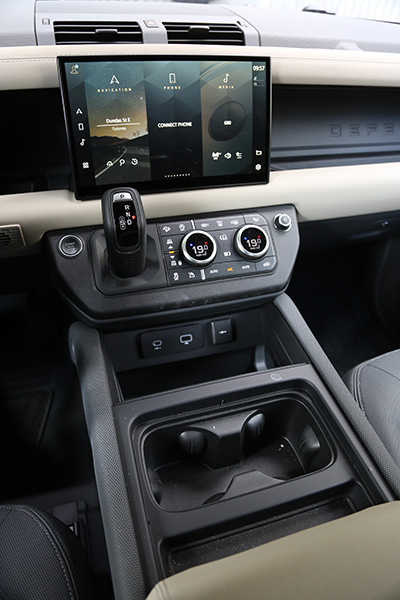
And then, there is the interior. Call it industrial chic, or utilitarian luxury, but whatever, it is one of the outstanding interiors in the business, with plenty of nods to the Defender’s heritage (exposed screw heads, for example), but all the modern comforts and conveniences you’d expect. The X-Dynamic model includes what Land Rover calls Robustec interior surfaces, which are durable and easily cleaned.
They are combined with grained leather on the seat edges.
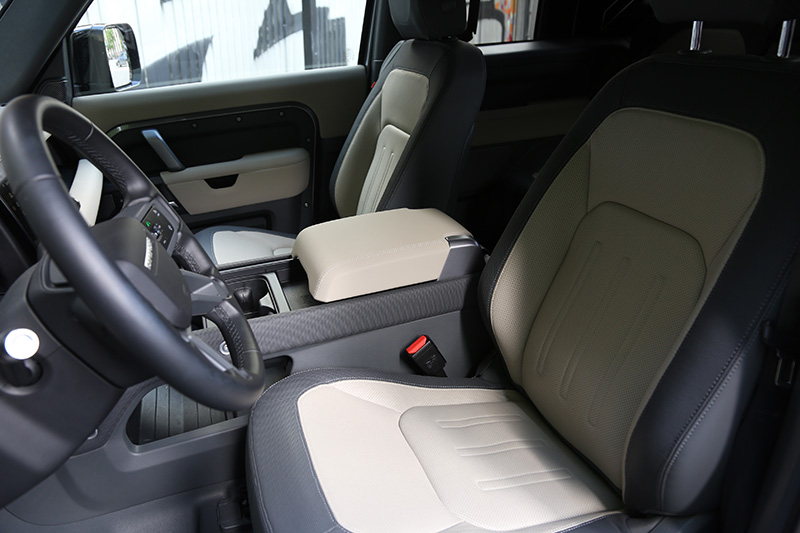
There are lots of interior storage bins and areas, including a handy one along the top of the dashboard, and a large space under the console. The seats in our tester were 8-way power adjustable plus lumbar, and it was easy to find a comfortable driving position. The optional Meridian Audio system was an aural treat. One must say that some of the controls, both through the 11.4-inch touchscreen or elsewhere on the dashboard and steering wheel, were a bit difficult to figure out the first time or two using them. But that is the normal Land Rover situation these days, it seems; they go about such things their own way.
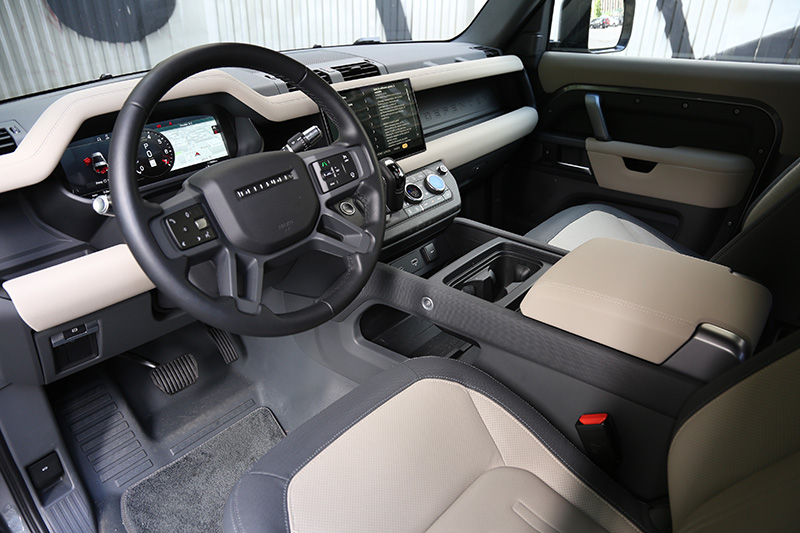
So how much is it? Well, Land Rover is obviously positioning the D90 to be the most expensive two-door short-wheelbase SUV, as the least you can pay for the base four-cylinder is $69,000. For the model we tested, it starts at $82,750, and with options like the Explorer Package (one of a few packages of grouped options, this one including high air intake, wheel arch protection, mud flaps, and waterproof exterior gear carrier) that cost $6,130 in the spring of this year, plus the Towing Package ($2,270), Air Suspension Package ($1,620, maybe the best value of all) and numerous other bits and pieces like black paint on the roof, the bottom line quickly gets up into six figures. The list of available options is mind-numbing.
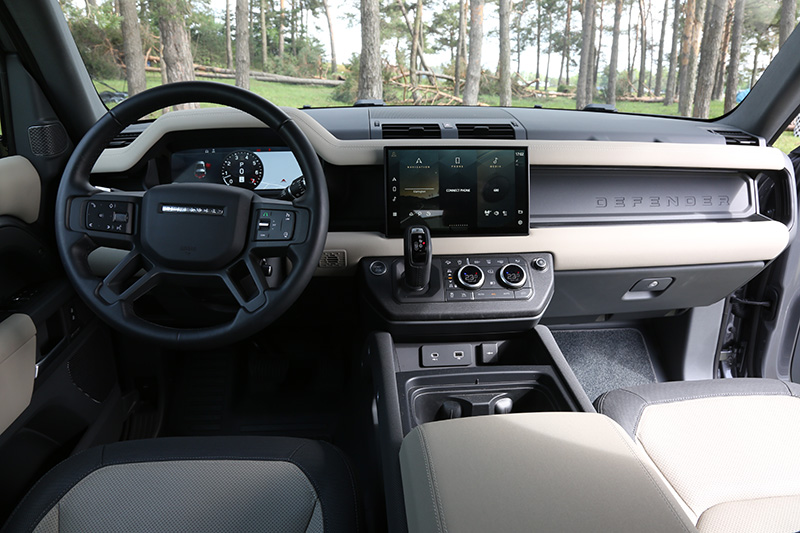
So, you won’t see yourself coming and going in a Defender 90 like you would in one of those other two-door SUVs. For some, the exclusivity is enough reason to pay that much. But you’re also getting a capable and luxurious vehicle that is a worthy successor to the original Defender 90.




